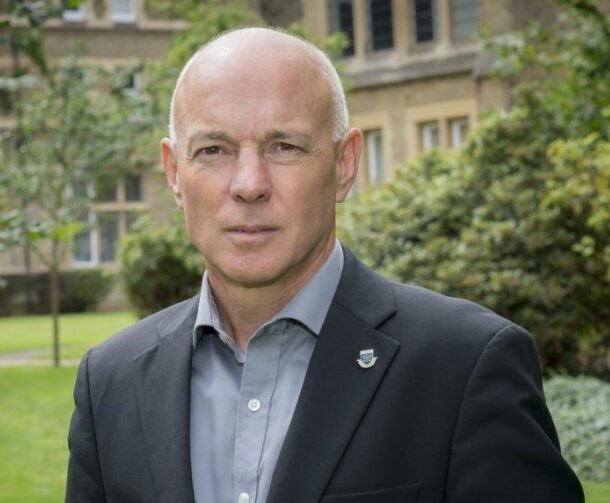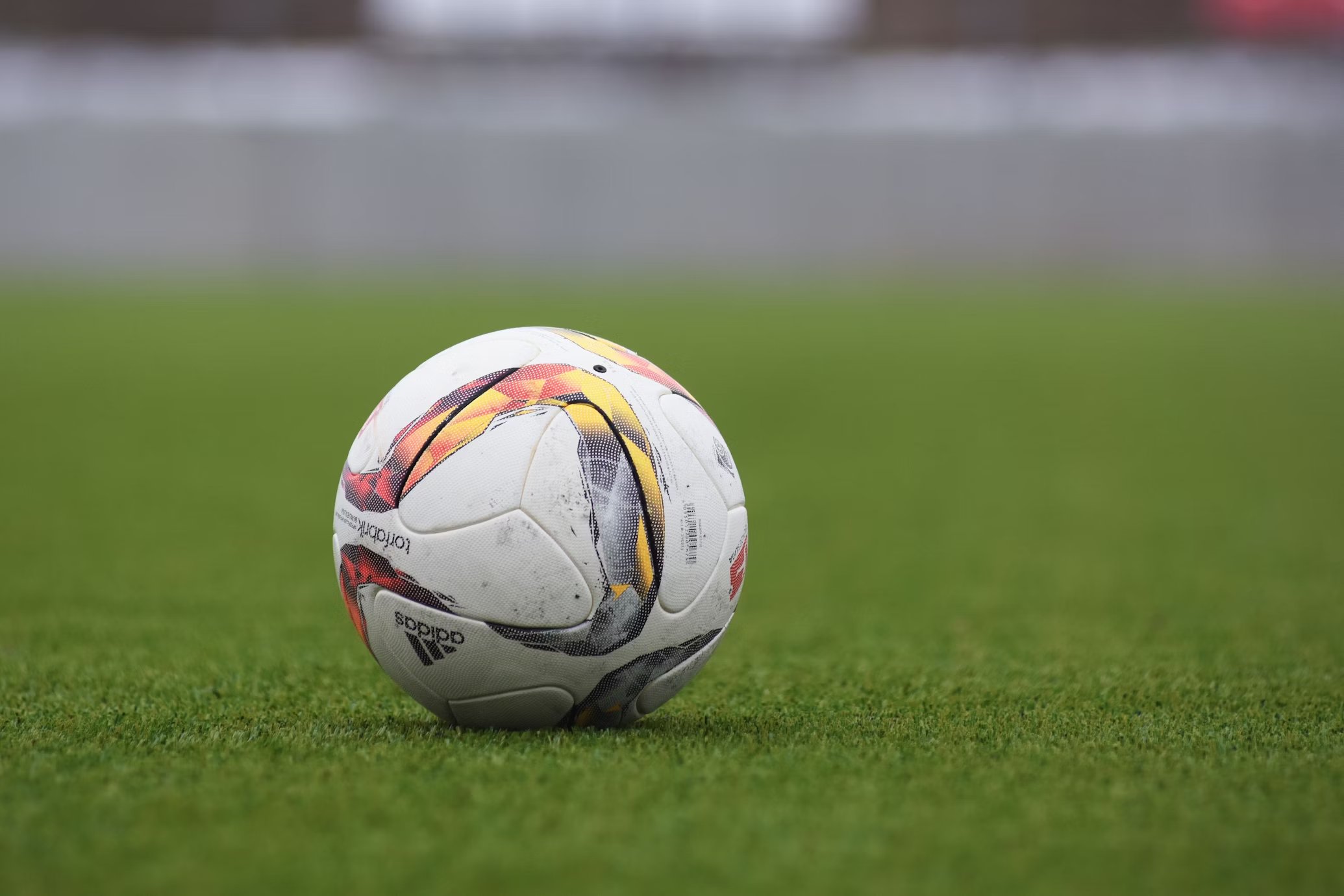- English
- DEUTSCH
- SPANISH
- FRENCH



John Brewer is Chair of the National Football Museum (NFM), England’s premier football museum. John began his career with the FA as Head of Human Performance and was the first sports scientist to work in English football. He has led a distinguished career across a variety of sports leadership positions including Chair of the London Regional Sports Board, a Board member at UK Anti-Doping, Chair of the British Handball Association and Chair of British Ski and Snowboard
I’m chair of the National Football Museum, working in a voluntary role. My first job in 1988 was in football, so I’m excited to return to a leadership role in the sport that kicked off my career. The National Football Museum has a great reputation and there is a lot of work to do. As well as the day-to-day activities supporting the non-executive team and CEO, my first priority has been reviewing the governance structure. To use a football analogy, I serve as the manager of the team and bring in new players to the squad. Since I started in February, we’ve appointed nine new trustees with various skills and backgrounds. That’s the starting point, which will then evolve into reviewing the subcommittee structure to provide the board and executive team with the support they need.
From a governance perspective, the biggest priority for us is recovering post-COVID. We took a huge hit in income generation from visitors and sales during the pandemic as we lost almost all of our entrance fees and associated secondary spend. Right now, we need to get people back through the doors and show why the museum is great value for money. The other big priority area is museum accreditation. We are applying to the Arts Council to officially become one of their “National Portfolio” museums, and this is crucial for our profile and reputation and to unlock future funding.

I believe that the museum has huge untapped potential. We are a national museum based in Manchester, but we have the potential for global reach particularly through the use of digital technology. Whether that’s looking at memorabilia or listening to stories, providing a virtual experience can encourage people across the world to pay a visit from the comfort of their own home. Right now, the British football brand is enormous, you only have to look at countries like Japan and China, where people are football mad, to see the appetite for British football.
As already mentioned, our other big goal is museum accreditation. The National Football Museum is a great example of how we can widen access to arts and culture, as it attracts people that may not necessarily be interested in a more traditional museum or art gallery. Ultimately, it’s football people that want to visit, and we’re really proud of the fact we welcome people from all walks of life. Over the next few years, we want the museum to be a great place for people to come and also a great place to work by putting our staff at the heart of what we do.

In 2009, I was fortunate to be asked if I would take over as chair of the British Handball Association. To be honest, at the time handball was a sport I’d only ever watched a handful of times. The London 2012 Olympics were coming up and we had the opportunity to send two teams for the very first time as GB was the host nation. However, a lot of funding had been pulled and the sport was in disarray, so I was asked to come in with the aim of getting two teams into the Olympics. We had to find a way to train the players overseas, fund training camps and ultimately show the British Olympic Association (BOA) that we were credible enough to take part in the Olympic Games.
After Eddie the Eagle at the Calgary Olympics, the BOA, and the funders of elite sport, UK Sport, had a “no-compromise” policy to only fund and take people to an Olympics who would represent Britain with distinction. It was only in the early part of 2012, just a few months until the Olympics began, that we found out we had achieved our goal.
So I think my greatest achievement was sitting in the Copper Box at London 2012 to watch both the men’s and women’s teams take to the Olympic arena for the first time in the history of British handball. What’s more, we gave around 40 young people the chance to become Olympians. I know that without the structure and discipline we put in place in those preceding years, none of it would have been possible.


When I worked for the English Football Association, the women’s team had a totally separate governing body. They had to scrape for every penny of income that they could get and effectively self-fund their travel and accommodation. Fortunately, people with a little more foresight in English football brought the men’s and women’s teams together under one umbrella. Similarly, many other areas of the sport such as disability football were brought under one body. Having that overarching support and inclusivity in governance is crucial to increase funding and enable every area of football to grow.
Women’s football is a fantastic advert for how the sport has grown. In the recent FA Cup final, there were over 50,000 fans in attendance. Alongside women’s football, it’s important to grow all areas of the sport such as the many versions of football for people with a disability; inclusivity is critical, and I am proud that we reflect this at the Museum. Widening participation at the recreational level will make sport more inclusive, and inspire people of all ages and abilities.
When I took the role of Chair of the London Regional Sports Board, the former head of Sport England Derek Mapp said to me the most important thing you can do for the first few weeks is to listen. Talk to people who are part of an organisation, take the pulse of the organisation and find out what makes it tick before you start to take major decisions.
In terms of giving advice, I would say there’s only a small number of people who get to the top. Be prepared to work on your weaknesses – to continue the football metaphor, there’s a natural tendency to think “I’m good at crosses” and then neglect to work on tackling or tracking back. You have to embrace those weaknesses just as much as your strengths.
This applies to every aspect of life – whether you’re participating in elite sports, recreational sports or doing something entirely different such as coaching. Even if you’re not going to compete at the highest level, carve out your niche. Working in sports science, I was hugely fortunate to be part of the support teams at cricket and football World Cups. In sports governance, I worked at an Olympics. Whichever career you choose, find that niche where you can excel and grow.
One of the most unfortunate effects of the pandemic was that it separated communities. I believe sport has a big role to play in bringing communities back together. It can also break down barriers. A great legacy of the 2012 London Olympics was to give exposure to so many sports that weren’t necessarily in the public eye.
After the Olympics, handball became one of the fastest growing sports in schools. Local authorities began to invest in facilities for lesser-known sports such as such as BMX and rock climbing. We’re now seeing sport growing horizontally in terms of opportunities, and also vertically in terms of the number of people participating in sport from diverse backgrounds.
Perrett Laver specialises in executive search to identify outstanding leaders globally. We connect influential organisations with dynamic leaders who share common values and visions for the future.
Our deep understanding of each client’s values and culture ensures we find candidates from diverse sources who bring fresh perspectives and real impact.
We connect influential organisations with dynamic leaders who share common values and visions for the future.Our deep understanding of each client’s values and culture ensures we find candidates from diverse sources who bring fresh perspectives and real impact.